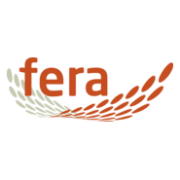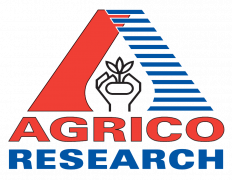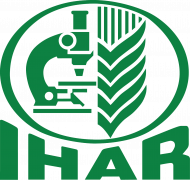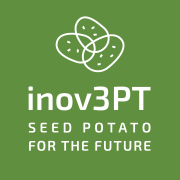Abstract
Potato has been recognized as a crop of importance in developing countries for ensuring human nutrition and food security. The dwindling natural resources, low fertility of soils, the incidence of pests and diseases, climate change and lack of strategic planning pose major constraints for potato production in these countries. Crop models are efficient tools for assisting research and development efforts towards achieving maximum production potential in these areas as it predicts the phenology and yield of crop taking into consideration the factors affecting growth and development. A well-validated model can be used for quantification of adaptation domains, optimization and efficient utilization of resources, forecasting of pest and diseases, mitigating climate changes, yield gap analysis, a pre-harvest judgment of production and accordingly market surveillance and formulation of monitory policies. The multifaceted application of simulation models presents futuristic opportunities for developing decision supporting systems and agro-advisory services for scheduling best management practices for attaining sustained potato production. This review summarizes comprehensive information on the crop models being used along with their applications in the different aspects of potato production system towards a precision as well as smart agriculture.














